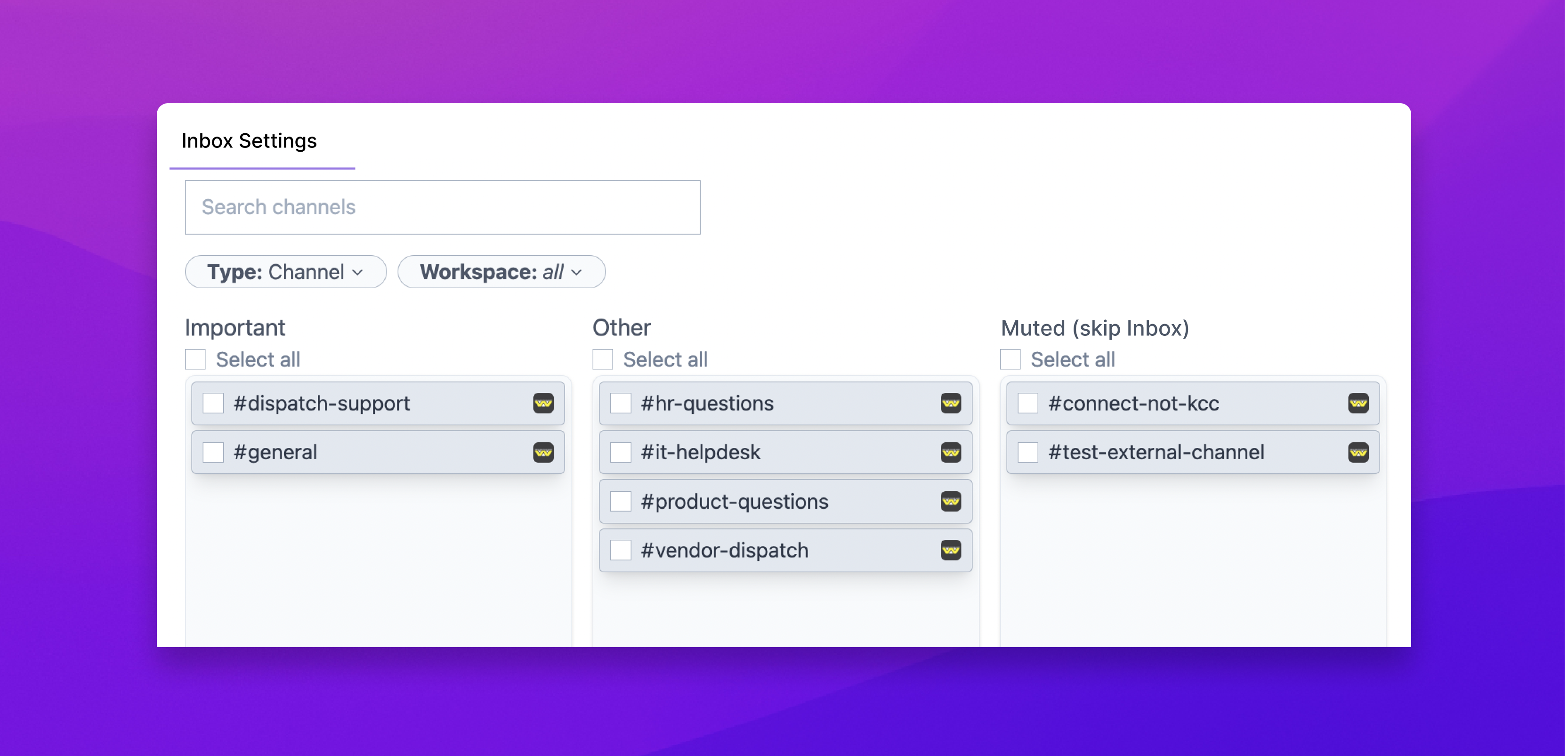How to build a Slack Ticketing System
You needed a place to field requests, so you created a Slack channel.
You named it something like #product-questions, #bug-reports, #eng-help, or #hr-requests.
Then … requests started pouring in. Now you’re drowning in them.
The only way to get through the flood of requests is to build a ticketing system.
By the end of this step-by-step guide, you’ll know how to build a virtual help desk that:
✔️ minimizes response and ticket resolution time
✔️ eliminates duplicate work and messages slipping through the cracks
✔️ improves customer satisfaction and keep your teammates happy

How to stand up a ticketing system in Slack
Let’s start with the lifecycle of a ticket.
To create an effective ticket management system, consider the lifecycle of a ticket:
- Ticket creation
- Triage
- Escalation
- Resolution

Creation
Ask yourself, “Where is the most convenient place for the user to ask their question?”
A user with a question kicks off the ticketing process. The platform in which the user chooses to ask their question determines which platform your ticketing system should be built upon.
That platform may not be Slack.
So before you get started, ask yourself, “Where is the most convenient place for the user to ask their question?”
Dispatch is a shared Slack inbox that customer support, HR, IT, Product, and Engineering teams use to turn messages into tickets with built-in assignment, labels, and escalation.
Implement a knowledge base for self-service
A knowledge base for self-service improves customer satisfaction by enabling customers to help themselves. It also prevents unnecessary ticket creation.
When the user posts their issue, use an integration to a bot like ServiceNow or Jira to automatically surface relevant articles from your organization’s knowledge base. If none of the articles suffice, the user can create a ticket to get support.
Triage
Establish a dedicated team responsible for real-time triage of new tickets. Most important, appoint a directly responsible individual (DRI) to each ticket.
Without a DRI, team members won’t be sure who has responsibility for an issue. More than one person will get involved, leading to inefficiency, or no one will, which will degrade your user experience and the service level agreement your organization has with its customers.
There are two ways to choose the DRI:
1. Use a round-robin assignment to appoint a new person each day.
2. Set up a schedule so everyone knows who is responsible.
Escalation
If the triaging staff can’t resolve the issue immediately, they escalate it to the appropriate team.
This involves creating a second ticket in the system of whichever team it’s escalated to.
For example, if a customer support ticket is escalated to the engineering team, the triaging team will want to create a ticket in the engineering team’s project management tool, such as Jira or Linear.
The triaging team also must link the second ticket to the original ticket using a workflow automation too.

Workflow Automation
Your team might use Zapier, webhooks, and APIs to connect your tools and link tickets.
Or use Dispatch Links to seamlessly sync Slack threads to tickets in Linear, Jira, and other tools. Dispatch can handle messy workflows. It also links Slack threads to existing Linear issues so teams can receive notifications on Linear tickets in Slack.

Ticket Resolution
Ticket resolution isn’t as simple as marking a ticket “complete” and moving on. Many organizations follow up with users who created the ticket by sending them a quick survey immediately before or after their ticket is closed.
Answers to this survey help an organization improve customer satisfaction.
Tracking customer satisfaction
Choose a North Star metric—one that evaluates your performance with this ticketing system and helps drive ongoing improvements—such as response time, resolution time, or customer satisfaction (CSAT).
Use Dispatch’s built-in Slack analytics to track your response times. Or your team can track metrics from Slack by using a Dispatch integration with tools that offer reporting dashboards, like Zendesk, HubSpot, and Jira.

Rolling out a new system
Building a ticketing system isn’t just about using the right tools. It also means training teams to use the new process.
The best way to ease teams into the transition is to flatten the learning curve.
If your employees use Slack every day, then you’ve already taken a great step to simplify adoption by building the ticketing system in Slack, a tool they’re familiar with.
Here are a couple more tips for helping your teams on board.
Change Management
First, include your teams in the design of the ticket-tracking process. Demo the high-level process outline and solicit the team’s feedback to encourage buy-in. The team’s feedback will also identify edge cases that you can then make sure your ticketing system is prepared to handle.
Second, don’t roll out the entire ticketing system at once. Deploy it over time, and outline the stages of adoption so your team knows what to expect.
Soon your ticketing system will be making your customers happy and your teams more productive—without having to divest from the Slack app they’re accustomed to.
Keywords: slack, service desk, helpdesk, integration, notifications, API, customer support, team communication, project management, workflow automation, knowledge base, collaboration, ticketing system, customization, ticket tracking, customer satisfaction, ticket resolution, IT service management, incident management, change management, ticket management, issue tracking, ticket status








